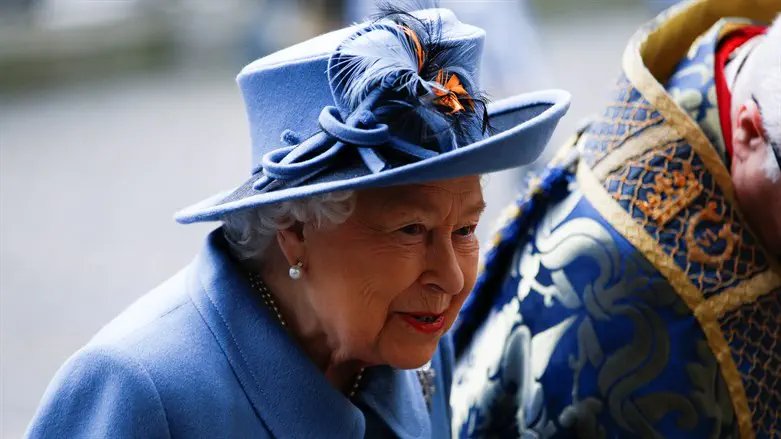
Queen Elizabeth II, Queen of the United Kingdom, has died at the age of 96, Buckingham Palace officials announced Thursday evening.
The announcement comes after the Queen’s doctors said earlier Thursday they "are concerned for Her Majesty’s health and have recommended she remain under medical supervision," a notice from Buckingham Palace said.
Hours later, members of the royal family flew to Aberdeen, continuing on to the Queen at Balmoral Castle.
On Tuesday, amid concerns for the Queen’s condition, British officials arranged for Boris Johnson’s resignation as prime minister, and Liz Truss’ appointment as his successor, to take place at the Queen’s residence in the Scottish Highlands, Balmoral – the first time the Scottish castle has been used for a transition of power in the British government.
A day later, the Queen postponed a meeting with senior government officials, after her doctor advised her to take it easy and rest.
The longest-lived and longest reigning monarch in British history, Elizabeth II reigned for 70 years, from February 1952 until her death. Queen Elizabeth is also the second longest reigning sovereign monarch in recorded history, with a reign less than two years shorter than that of France’s King Louis XIV.
At 73, prior to his mother's passing, King Charles was the oldest heir apparent in British history, and was the first in line to the throne since 1958, making him the longest-serving Prince of Wales ever.
With Queen Elizabeth's death, Prince Charles became king immediately, even before the formal coronation ceremony.
According to plans leaked in 2019, the Queen's remains are expected to be taken by train to Edinburgh, with the Queen first lying in rest at Holyrood Palace, the royal family's primary residence in Scotland.
Later, the Queen's remains will be conveyed to London via train, ultimately returning to Buckingham Palace.
The funeral will be the first state funeral in Britain since Winston Churchill's in 1965.
